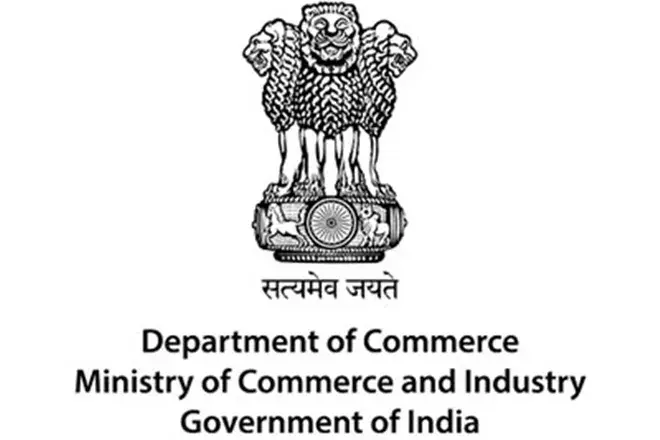Department of Industrial Policy & Promotion, Ministry of Commerce & Industry
Udyog Bhavan, New Delhi 110 011
November 30, 2011
Subject: Discussion Paper on Review of Organizational Structure of the Office of the Controller General of Patents, Designs, Trademarks and Geographical Indications.
The Discussion Paper issued by the Department of Industrial Policy and Promotion (DIPP) though delineates the skill sets of the trademark and patent professionals and subject matter dealt by them; it is quite evasive about how establishing an independent office for the Trade Marks and GI registry would help in overcoming the operational difficulties faced by the office of CGPDTM.
The paper itself points out that conflict in the day today administration of the Trade Marks office arises due to control exercised on administration by the officials of the Patent Office, which again is due to the fact that Trade Mark office is understaffed and invariably officials of the Patent Office have to look afier the administration of both the cadres. Thus establishment of an independent office would not suffice unless more officers and professionals are recruited. Rather than making independent offices appropriate steps should be taken to enhance the pace of processing and examination of applications.
The paper suggests that creation of autonomous body would streamline the administration and functioning of various IP legislation including the Department of Industrial Policy & Promotion, Ministry of Human Resources Development, the Department of Agricultural Research & Education etc., however it is not clear how the bifurcation of the office of CGPDTM or creation of an autonomous body would influence smooth functioning of different departments. The paper further seeks complete financial and administrative autonomy; such autonomy would obviously mean that the fee collected by the IP offices would remain with the IP office only and would be at their disposal. The autonomy would definitely entail the IP office to meet the unplanned expenditure and in becoming more flexible in recruitment and promotion of officials and professionals. However there are not enough reasons to support the proposal of financial autonomy nor is it clear its impact among the international and domestic users of Indian IPR systems.
Thus we believe that rather than bifurcation of the office of CGPDTM or creation of the autonomous body, reorganization of the office be taken up within the existing framework.
Although the paper suggests that outsourcing some part of prior art search of the Patent office to CSIR has proved beneficial, no facts and figures are given to corroborate the fact. In the absence of the same there could only be conjectures regarding the benefit that the Patent office can derive by outsourcing its work to similar organizations.
The pendency and huge backlogs of applications is a major concern for Patent office which is further worsened by the fact that the office is understaffed. Thus instead of outsourcing the work, the office of the Controller can be strengthened by using the services of retired Examiners and Controllers. Since the retired professionals have already worked with the Patent office and are well versed with the nuances of legal requirement, they would not need any professional training. This would definitely help the trademark office where more than 400000 trademark applications (as cited in the discussion paper) are pending at various stages. The same measure can also be used to address the issue of large number of vacancies for the post of Assistant Registrar and above where services of retired officers and District judges can be used.
The paper also seeks proposal on setting up additional offices for streamlining of the examination processes, we believe that e-filing of applications would prove to be beneficial in this regard as it would not only bring down the errors that creep in due to manual entry but would make the human recourse available for examination work. The work could also be streamlined if a facility of video conferencing is made available to examiners at different branch offices of the Trade Mark Registry and Patent office. The Patent Office may also consider taking help from various Patent Information Centers (PICs) located in different parts of the country.
We therefore believe that the existing structure and framework of the office of CGPDTM is fine and reorganization may be taken within the existing framework only.
Submitted by:
Ms. Lucy Rana (Advocate) Ms. Pooja Thakur (Advocate)


